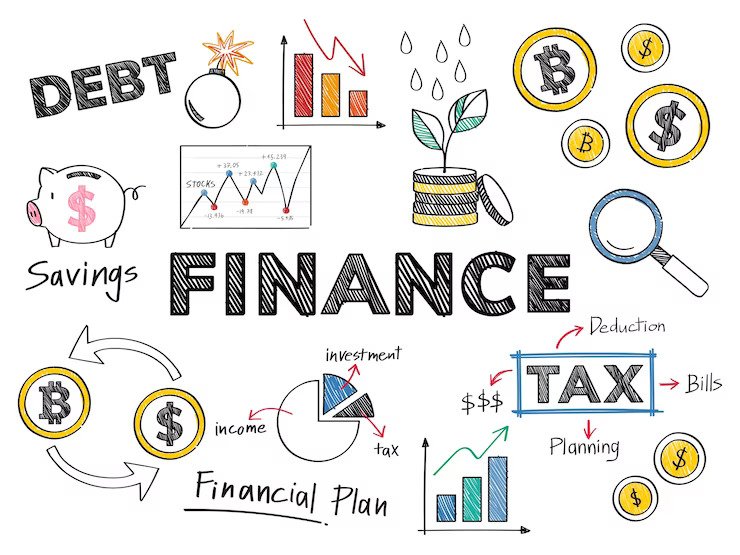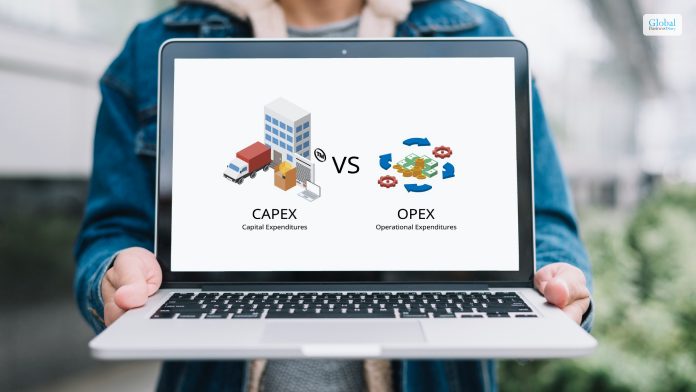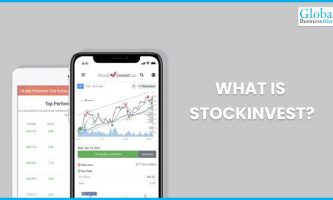Financial Planning Tips For Different Stages Of Life

Let us tell you something that can change your perspective on handling finances. It may sound cliché, but it has never been truer than ever – planning always pays off regardless of where you are in your life right now.
Did you know that taking control of your hard-earned cash at every stage of your life could greatly impact where you want to be financially? That’s right; we are talking about the concept of financial planning for different stages of your life. From embracing adulthood to reaching old age, here’s why it matters so much!
You go through different stages in your life and might encounter new challenges and goals at various points along the way. So, whether you are a government employee, just graduated from school, hit mid-life stability, or are getting ready to kick back in old age, understanding the nuances of your journey will help you make smarter decisions when it comes to your finances. And guess what? We have got you covered with all things related to financial planning across these distinct life phases. Are you ready to take charge and start building your roadmap to prosperity? Buckle up because our next stop is where the magic happens!
1. Employment
The nature of your job plays a crucial role in financial planning. Every organization offers different benefits, including insurance options and provident funds. However, financial planning for Govt. Employees may involve in some particular issues. You might have chosen this career path due to the attractive benefits packages offered, including comprehensive healthcare coverage and generous pensions. Still, you may also confront special financial issues specific to government employment. Let’s take a closer look at some crucial variables to bear in mind when budgeting your money.
A. Benefits Evaluation (Healthcare & Pension Plans):
When comparing private sector positions to government jobs, the latter typically offers competitive salaries alongside robust benefits packages. Adequately assessing all possibilities within healthcare and pension options allows for customization to fit individual circumstances.
B. Retiree Status Planning:
Reaching retirement age marks a significant milestone for anyone. For civil servants, there are particular guidelines that must be followed to attain retirement status. Determining the correct timeframe and milestones will enable the optimal use of certain benefits like annuities and deferred compensation.
C. CSRS vs. FERS Comparison:
As a government employee, you fall under either CSRS (Civil Service Retirement System) or its successor program, FERS (Federal Employee Retirement System). Each system has advantages and disadvantages; understanding their differences is crucial for selecting the most suitable option.
D. Young Adult Life
As you enter adulthood, the world opens up like a freshly blossomed flower, offering myriad possibilities. You might find yourself navigating entry-level jobs while trying to build a solid credit score. With little experience and even less knowledge, managing money becomes an intimidating task. However, this is the time when smart financial choices set you apart from others. Starting with simple steps such as crafting a basic budget, monitoring expenditures, and setting aside cash for unexpected events, lays the groundwork for a secure future.
2. The power of compounding interests
So, have you paid off those hefty student loans yet? Well, hang tight because now begins the arduous battle against the burden of repayment. Remember, a thorough approach to tackling debt includes exploring multiple income sources, setting realistic targets, prioritizing expenses wisely, and seeking advice when needed.
The beauty lies in exploiting the power of compounding interests, i.e., allowing your money to grow exponentially over time. Plus, who doesn’t love having extra cash stashed away for a rainy day? Beginning to save diligently helps avoid potential financial disasters down the line.
Leverage low risks
With time comes the luxury of witnessing your investments yield rich dividends. Don’t wait until you reach midlife to jumpstart your portfolio; instead, leverage low risks early on. Learning about asset allocation, balancing stocks vs. bonds, researching companies, and other complex investment techniques form the basis of successful long-term growth.

3. Mid-Career Professionals
This stage brings stability and predictable routines but requires consistent monitoring of finances. Reflect on previous errors and stay committed to ensuring similar pitfalls don’t arise in the near future. Analyzing well-thought-out long-term plans and assessing whether they have been met serves as an excellent reality check. It’s never too late to pivot or adjust said objectives.
Budgetary reviews now include higher net worth and larger monthly savings than before. Savvy savers will focus on boosting retirement accounts through maximized employer matches, IRA contributions, Roth conversion opportunities, and after-tax investments. Umbrella liability insurance coverage can help guard against legal issues triggered by unexpected events.
High-interest credit card balances often get transferred to home equity lines, reducing interest charges owed by consolidating obligations. College savings plans also demand careful consideration to secure the best possible educational options for loved ones. With careful deliberation and expert guidance, one can navigate this stage with relative ease and confidence while maintaining momentum toward meeting established fiscal targets.
4. Old-age
Retirement represents the culmination of lifelong hard work and dedication. However, it is crucial to ensure adequate preparation has occurred beforehand to avoid any unwanted surprises. At this stage, carefully evaluate the value of accumulated assets and the potential impact of inflation or market volatility on net worth.
Importance of Estate Planning and Retirement Decision-Making
Now more than ever, having up-to-date estate plans in place becomes paramount, especially if looking to distribute inheritance among heirs in an orderly manner. Carefully contemplate the decision to continue working or transition fully into retirement, including decisions surrounding when to start receiving Social Security benefits to optimize lifetime payouts.
Maximizing Retirement Resources: Identifying Potential Shortfalls and Preparing for Healthcare Needs
Additionally, take stock of expected post-retirement spending requirements and compare those figures against currently projected financial resources to identify potential shortcomings. Pay attention to Medicare enrollment and appropriate Part D prescription drug coverage choices.
Building a Lasting Legacy
Lastly, focusing efforts on legacy building through means such as philanthropy or intergenerational wealth transfers will help create lasting impressions beyond mere monetary measures alone. By addressing these critical areas, entering old age provides a solid foundation for living happily and purposefully during this exciting chapter of life.
Conclusion
As the old saying goes, “Failing to plan is planning to fail.” That couldn’t be more true when it comes to managing our finances through every stage of our lives. From young adulthood to retirement and beyond, having retirement planning services and plans is crucial to achieving both short-term and long-term goals.
Remember that it’s never too late to start fresh and implement positive changes. Make a habit of regularly reviewing and updating your financial blueprint to adapt to evolving needs and goals. By staying organized and proactive, you’ll enjoy greater peace of mind, stronger overall stability, and happier days ahead.
Read Also:













